|
Kevin Schoessow, Area Agricultural Development Agent with the University of Wisconsin-Madison Division of Extension, takes you through the Teaching & Display Garden at the Spooner Ag Research Station in July 2021.
0 Comments
For those who are interested in an in-depth UW-Madison, Division of Extension horticulture course the new Foundations in Horticulture course will begin in September for 12 weeks. Registration deadline is August 13, 2021. This course is a pre-requisite for the Master Gardener Volunteer program. Residents of Burnett, Sawyer, and Washburn counties (and adjacent counties) are among the twenty-seven counties eligible for this initial offering. It will be offered each fall with limited enrollment. Go to UW-Madison, Division of Extension for detailed information on this announcement. Course Snapshot
What: Online, move at your own pace through 12+ modules with online videos, readings, activities, plus scheduled live webinars. You’ll hear from our Extension experts through our videos and Q&A with the Experts to learn decision making strategies and gardening resources. The course includes an electronic (PDF) copy of the Foundations in Horticulture training manual. How: This is an online course that uses Canvas and Zoom. You can check if your system is compatible:
Who: This is open to the general public. It is approved curriculum by the Wisconsin Master Gardener Program as the way to get your gardening education that is required for program enrollment. This week I encountered two instances of name confusion. One was Goats beard and the other Loosestrife. I was reminded to pay attention to botanical names because common names can be misleading. That would be the case in both these instances. And the consequences of confusing an invasive for a native plant can be dramatic. Goatsbeard - On the golf course this week near Hayward, Wisconsin I noticed a plant in the rough. I'm very familiar with what grows in the rough because I'm a frequent visitor. I took a few pictures and later researched the plant and identified it as Yellow goat's beard (Tragopogon dubius). This plant was introduced in the 1900's from Eurasia and likes disturbed ground but is not considered aggressive. And it looks nothing like our native Goatsbeard (Aruncus dioicus) that is an attractive perennial plant suitable as a landscape plant. For more on these two plants, go to the University of Wisconsin Horticulture website. Yellow goat's beard (Tragopogon dubius) Goatsbeard (Aruncus dioicus) Left: Yellow goat's beard (photo Sue Reinardy), right: Goatsbeard (photo from UW Extension website) Loosestrife - Whenever I read or hear Loosestrife I think "INVASIVE"! But learned differently when I came across a Facebook post with a picture of a plant that I have in my garden that I was having a hard time identifying. It was identified by reliable sources as Fringed Yellow Loosestrife (Lysmachia ciliata). The landscape plan that I inherited with the house identified this plant as 'Husker Red' which is a Penstemon - not at all the plant I was finding in the garden. There is a host of conflicting information in researching the Fringed Yellow Loosestrife. Some sources indicate that it is not related at all to the invasive Purple Loosestrife (Lythrum salicaria). The botanical name confirms that. There is an aggressive Garden Yellow Loosestrife (Lysimachia vulgaris) that is restricted in Wisconsin according to the DNR invasive species website. No such limits on the Fringed Yellow Loosestrife which is a North America native. It is fairly aggressive in my garden but easy to control. (For more information on these plants go to the websites below. Fringed Yellow Loosestrife (Lysmachia ciliata) (wildflower.org) Purple Loosestrife (Lythrum salicaria) (UW Horticulture) Garden Yellow Loosestrife (Lysimachia vulgaris) (DNR) It took a bit of research to confirm the identification of these plants. As you can see they look different and the effect they can have on our landscape is important to understand to avoid invasive plants and support natives.
The annuals and vegetables are showing growth and the Monarch and Pollinator Sanctuary Garden (natives and perennials) is in full bloom. The gallery below shows what is in bloom as of July 1 and there were plenty of buds that will be blooming in the next few days. Please stop by when you are in the area for inspiration.
|
|
| North Country MGV | gARDEN bLOGS |
Location |
|
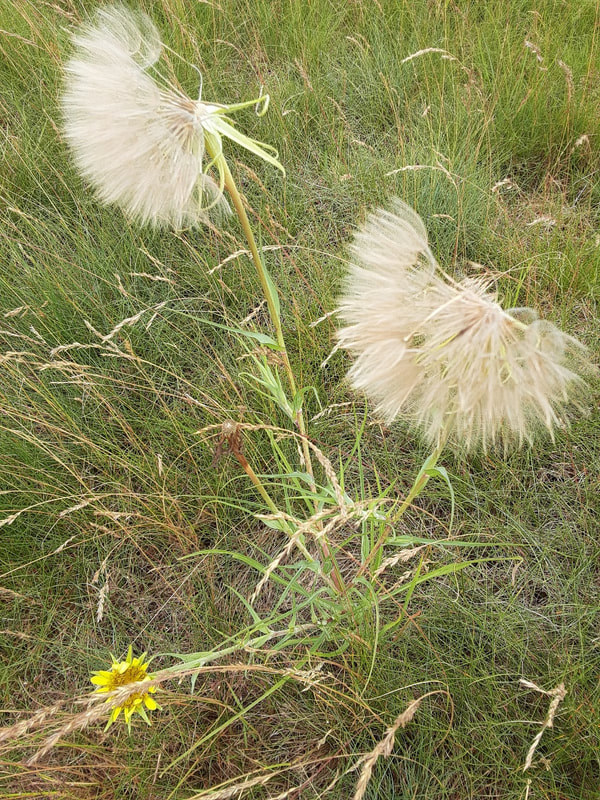
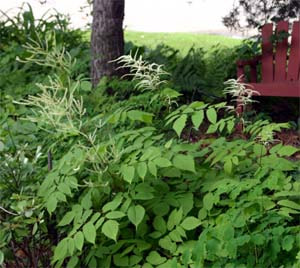
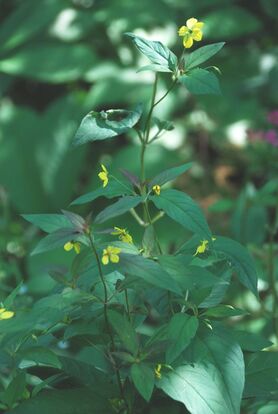
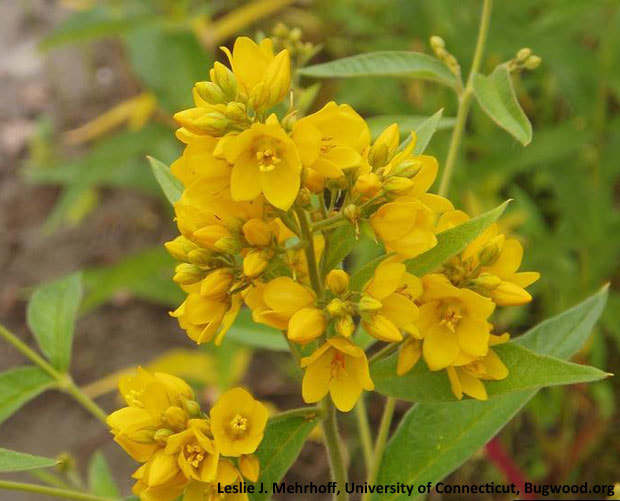
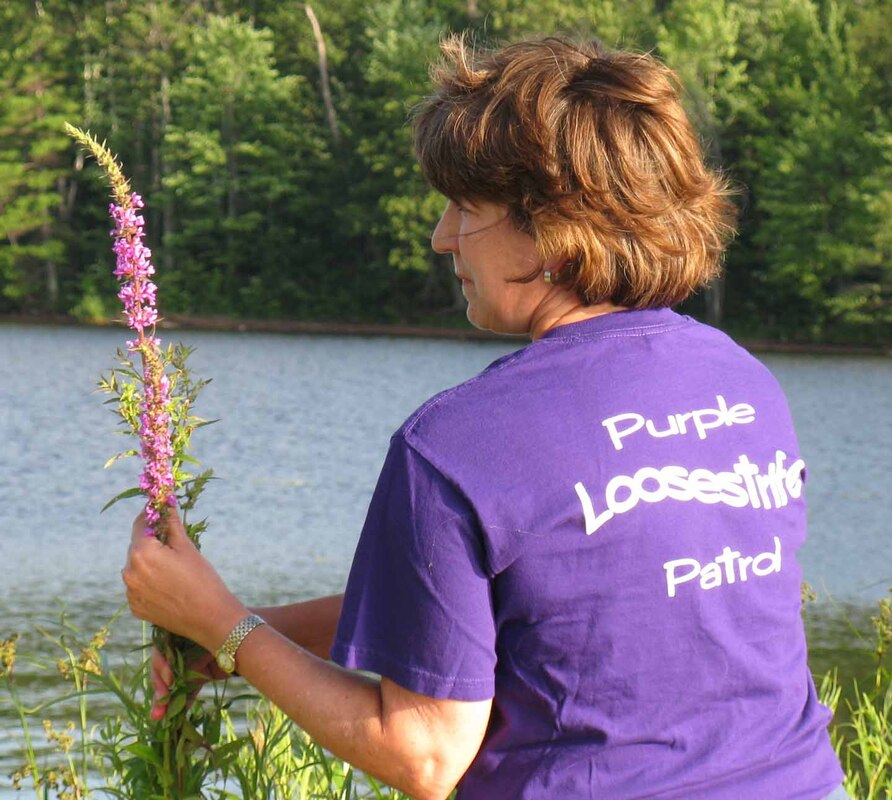
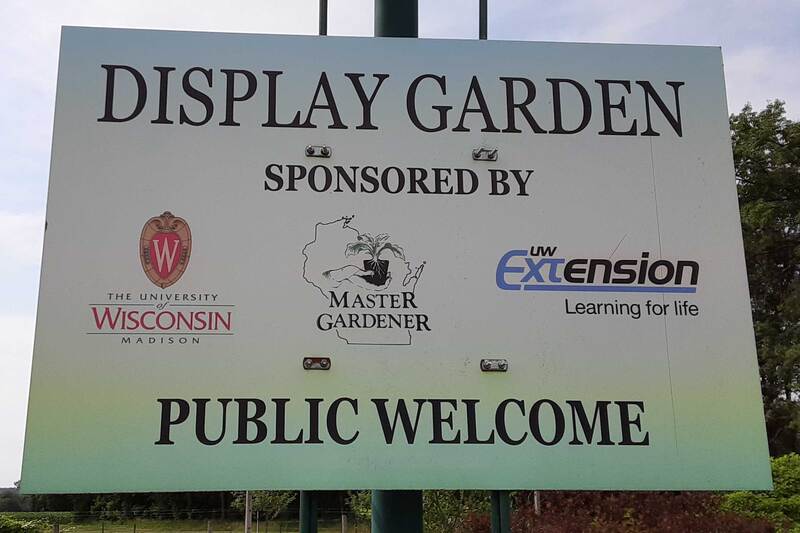
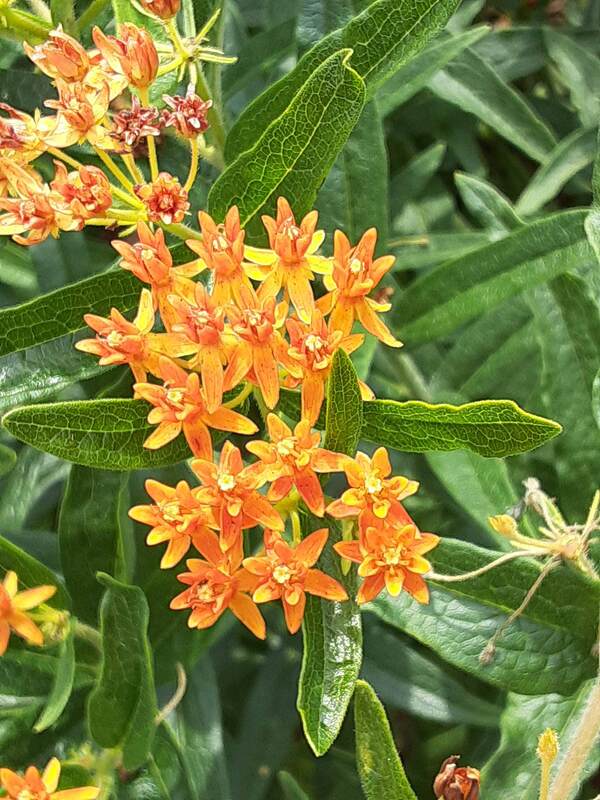
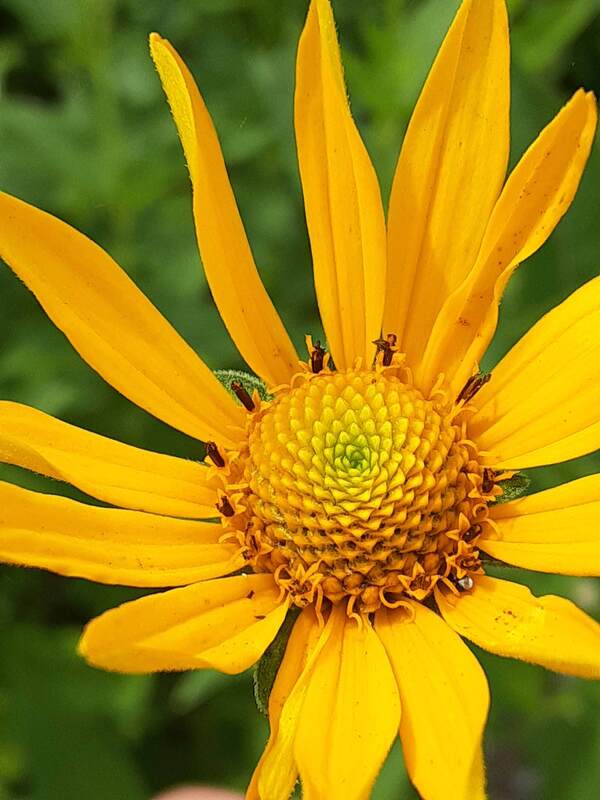
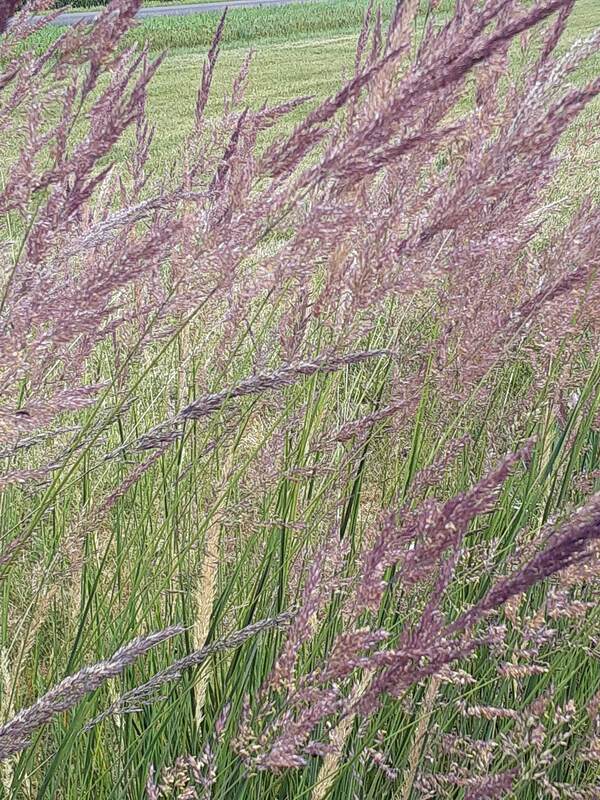
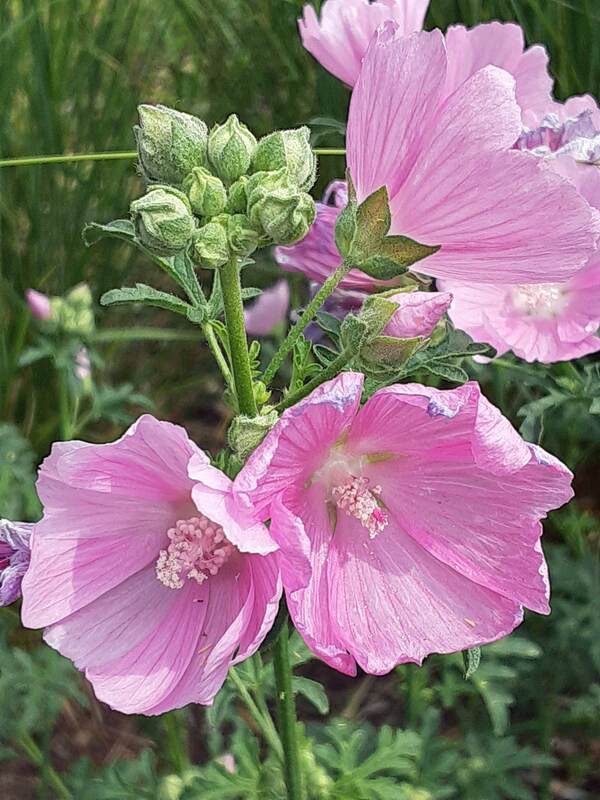
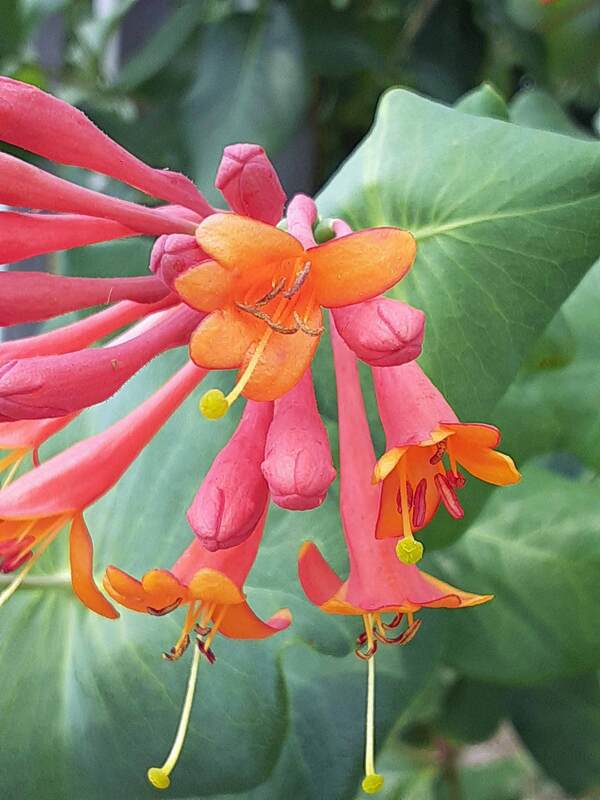


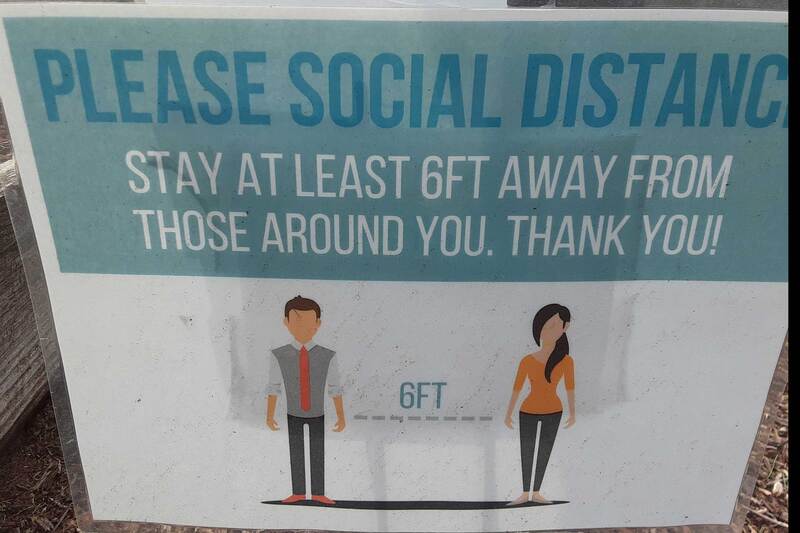
 RSS Feed
RSS Feed